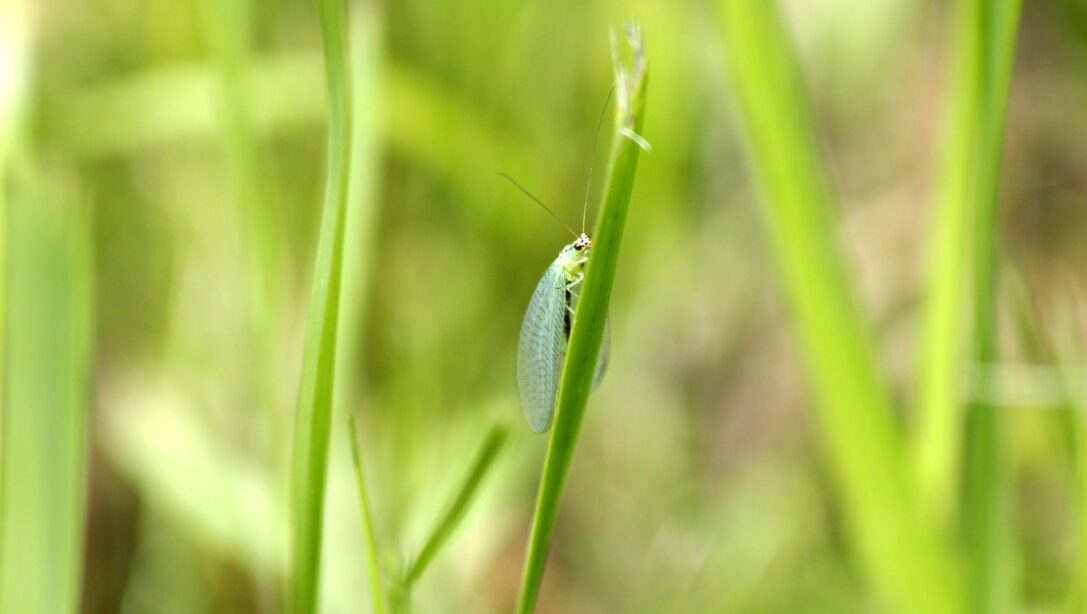Spring is here, and our gardens are showing signs of life. As our plants grow and shoots emerge, so does our March wildlife, seeking food and, in some cases, a mate.
Our guide to garden wildlife in March has been created in collaboration with the experts at Wildlife World. Find out what different animal species are doing this month and how you can help them in your garden.
View our collection of wildlife productsBats
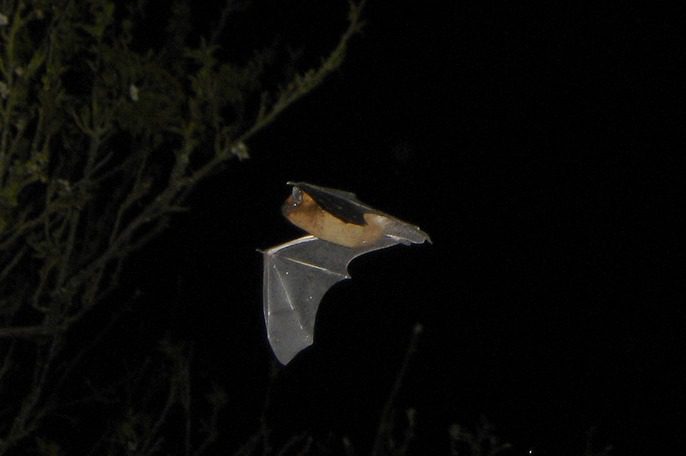
In March, the first pipistrelle bats start emerging from their winter dormancy. Spring is not the breeding season for them; they usually breed in the autumn, giving birth the following summer.
How you can help
- Bats eat insects, so anything you can do to bolster your insect population will in turn support bats. Grow insect-attracting flowers, encourage natural predators instead of using pesticides, and have rough areas of logs and leaves that make insect habitats
Bees
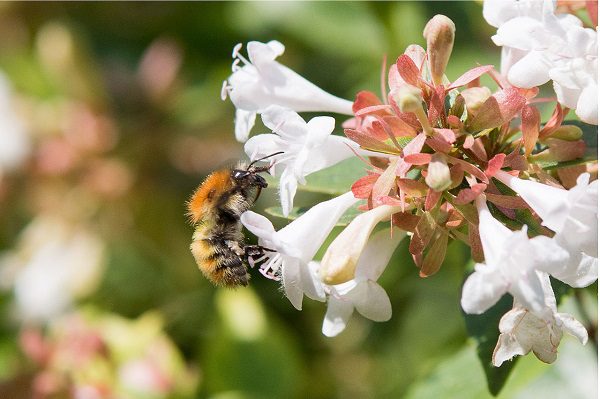
Weather permitting, bee sightings may increase throughout March. Queen bumblebees will be seen buzzing around on warm days; they are the only ones from the colony that survive the winter. Several solitary bee species can also now be spotted, including tawny and early mining bees, red-tailed mason bees and hairy-footed flower bees. Try to identify any that you come across in your garden!
How you can help
- Have plants in your garden that offer early spring nectar, e.g., mahonia, ivy, willow, hellebores, muscari (grape hyacinths) and crocuses
Read more: The Best Plants for Bees / Guide to Solitary Bees
Birds
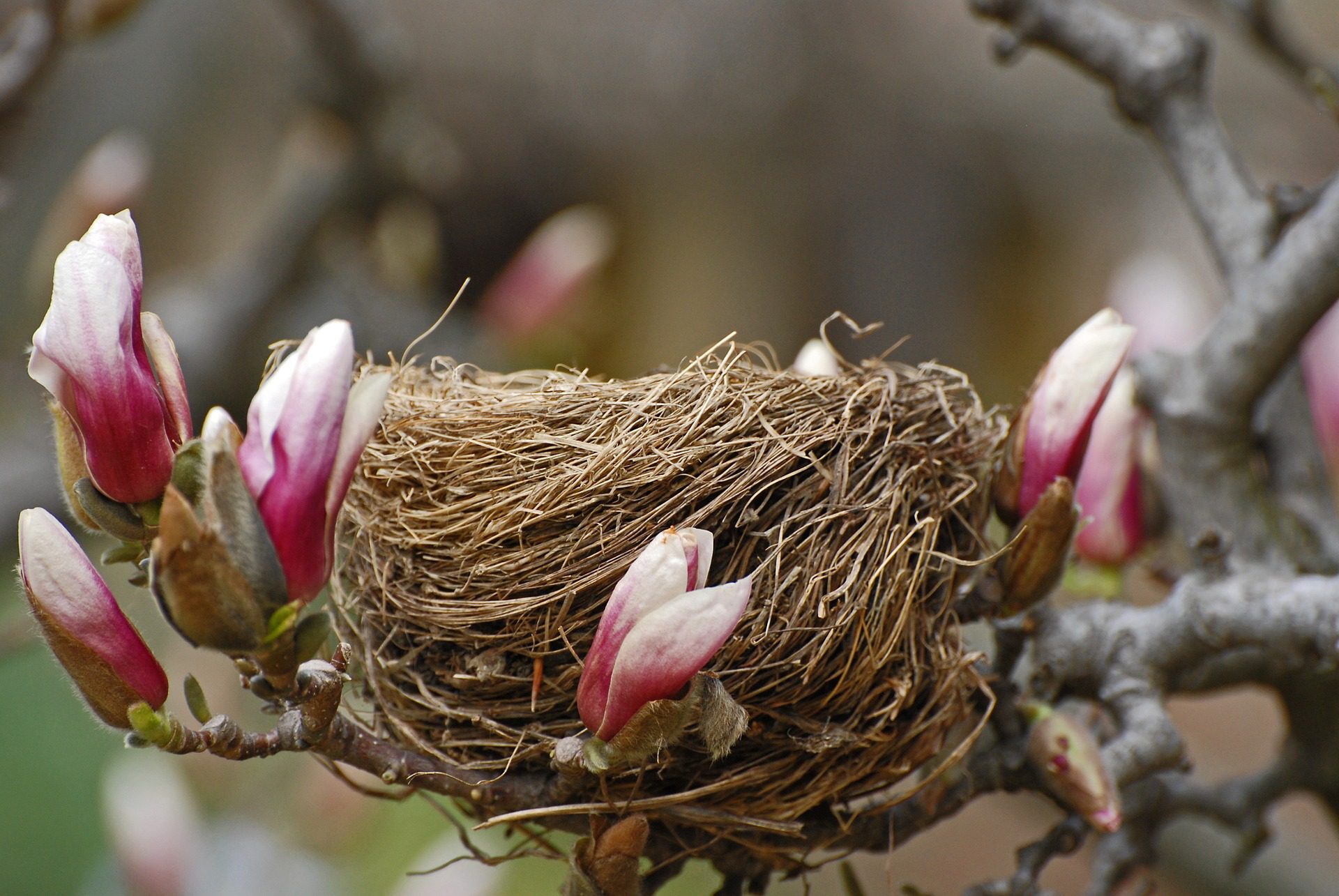
It may be spring, but March can often be a month of snow and frosts. It is still considered part of the ‘hungry gap’ for birds, where wild food sources are harder to come by. This is the start of the breeding season for birds. Species including robins, sparrows and blackbirds will start nesting; they may well have been preparing since February. Your spirits may be lifted by the return of the dawn chorus as birds search for a mate. Some of our winter visitors, including fieldfares, may depart this month. It won’t be long until the summer species are back again to fill the gap.
How you can help
- One of the best ways to help during the breeding season is to put up a nest box or two. Make sure the nest box is very well secured
- Avoid cutting hedges between March and August so as not to disturb any nesting species. Wild bird nests are protected by law under the Wildlife and Countryside Act of 1981, although this tends not to apply to garden hedges
- Offer high-protein bird food sources to support breeding species, such as sunflower seeds, mealworms and calciworms
- On freezing days, break the ice on bird baths and water bowls. Refresh the water supply daily
Read more: Supporting Birds in Spring
Butterflies
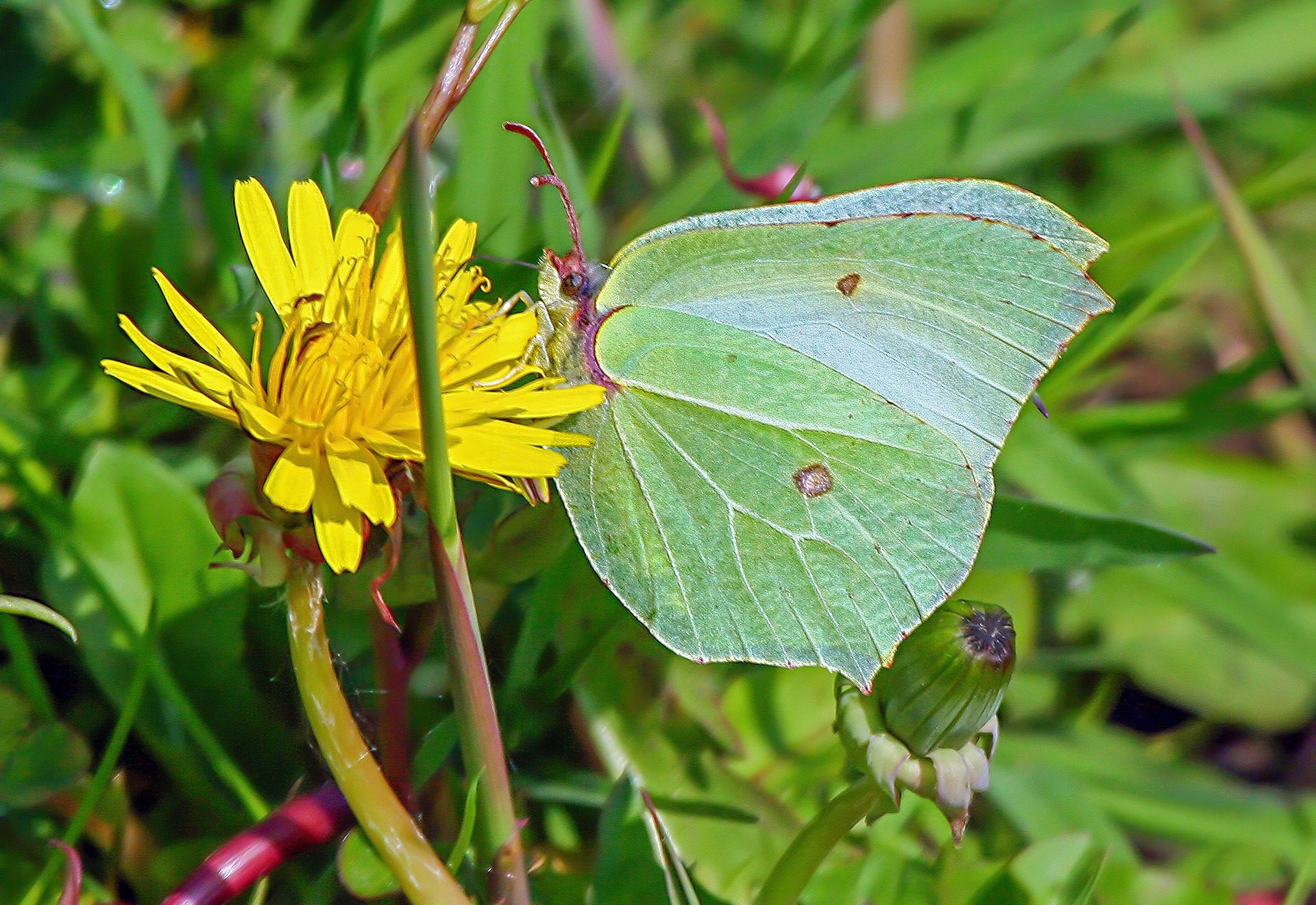
In March, the earliest-flying butterflies can be spotted on mild days – generally, those that overwinter as adults. Look out for brimstones, commas, painted ladies, peacocks, and red admirals. These will be making a beeline (or butterfly line?) for nectar-rich plants in your garden.
How you can help
- Grown plants for spring nectar. Good options include Aubrieta, Erica (heathers), Erysimum (wallflowers) and Muscari (grape hyacinths)
- Position these in a sunny, sheltered spot where butterflies can easily land
- Leave dandelions growing in your lawn; they are a valuable source of early spring nectar
Green Lacewings
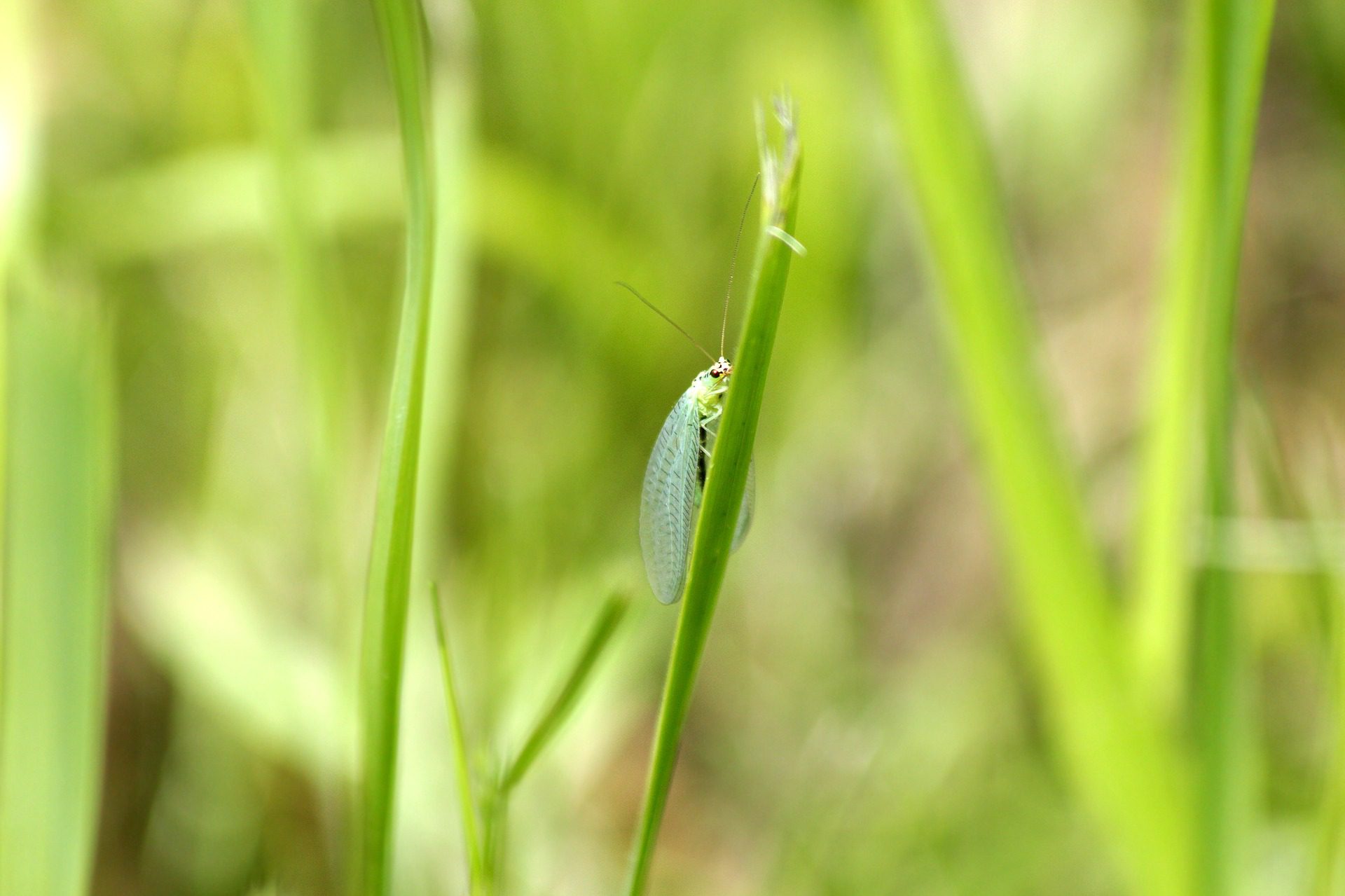
Most insects in the UK spend the winter in egg or larvae form; adults are unable to survive the cold conditions. An example of this is the green lacewing, which tends to hibernate as an adult among piles of leaves. In March, the earliest of these will emerge from hibernation, ready to feast on aphids and other small insects.
How you can help
- Maintain untidy piles of logs and leaves throughout the winter. Avoid clearing these until later in the spring, giving overwintering creatures like green lacewings a chance to emerge
Foxes
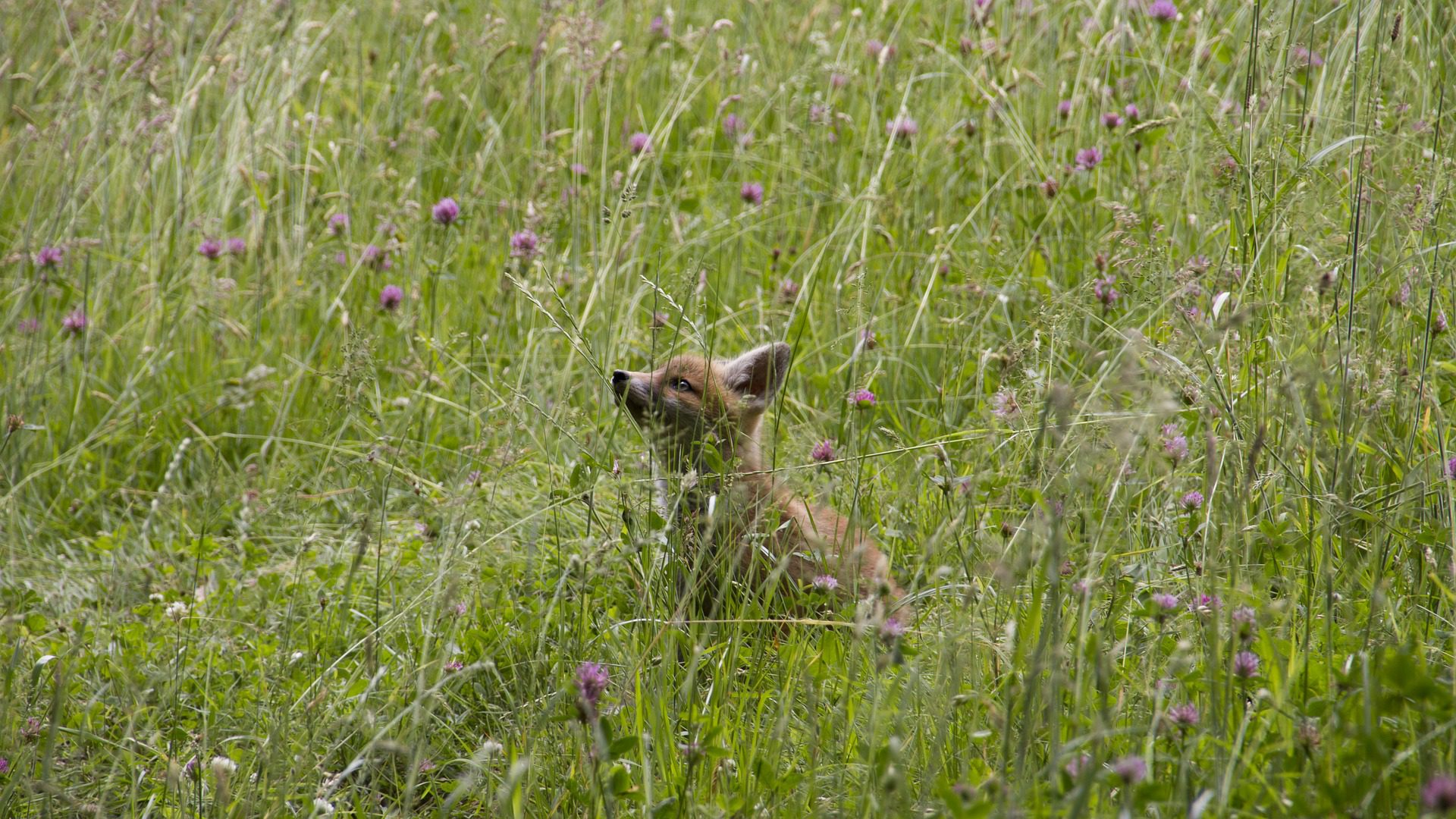
Fox cubs are born between March and May. There are normally around four to five cubs per litter. At birth, they will be both blind and deaf.
How you can help
- It is generally not a good idea to feed foxes, although some people do. They can become dependent on us by concentrating the population in urban areas
Frogs and Toads
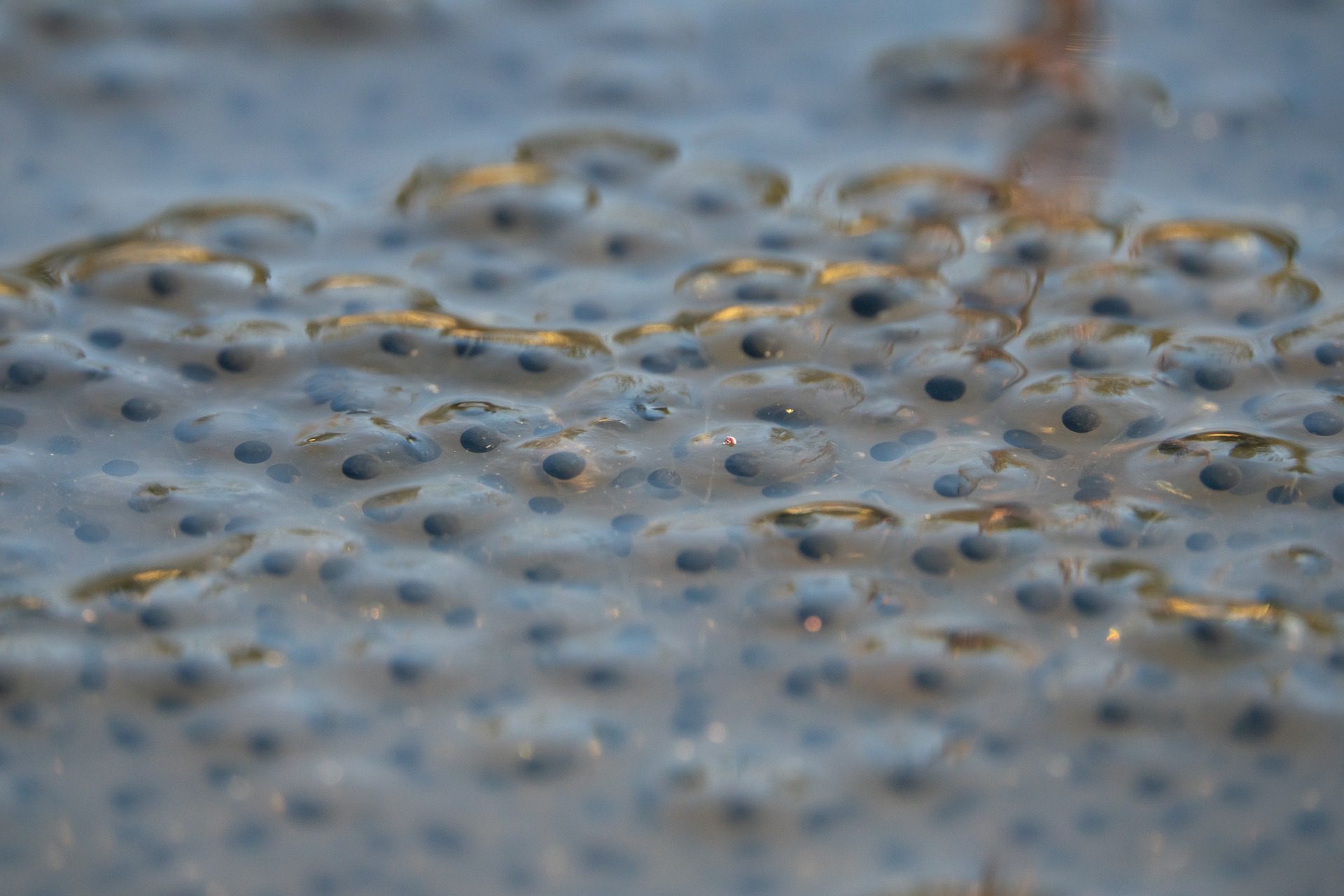
In March, toads emerge from their winter hibernation. This is the mating season, and both frog and toad spawns will now be seen in ponds.
How you can help
- Wildlife ponds in the garden are a fantastic way to support a wide variety of creatures, including frogs and toads
- If you have a dog, keep it clear of ponds and streams
Hedgehogs
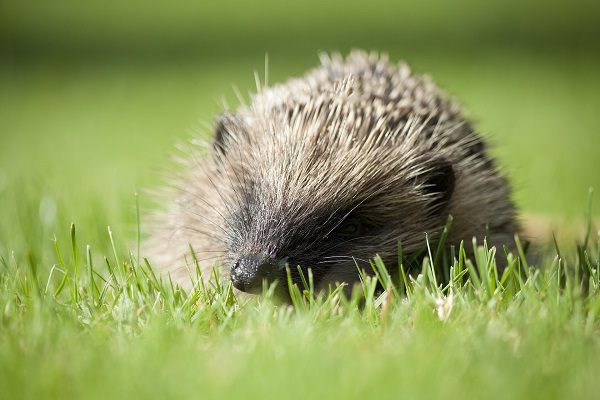
Hungry hedgehogs usually emerge from their winter hibernation towards the end of March. They will be on the hunt for plenty of food to replenish their fat reserves ahead of the breeding season, which starts in April.
How you can help
- Leave a source of food and clean water. You can get specially designed hedgehog foods that are high in protein. Alternatively, cat food is fine, but opt for chicken-based kibble
- Create wild areas in the garden with longer grass, log piles, etc. You could also purchase a hedgehog house as a place to raise young in the late spring
- When you do your first mowing and strim of the year, check carefully beneath any piles of leaves, logs, or compost for hedgehogs. Unfortunately, hedgehogs suffer injuries from lawn machinery every year, especially from strimmers
Read more: How to Create a Hedgehog Friendly Garden
Ladybirds
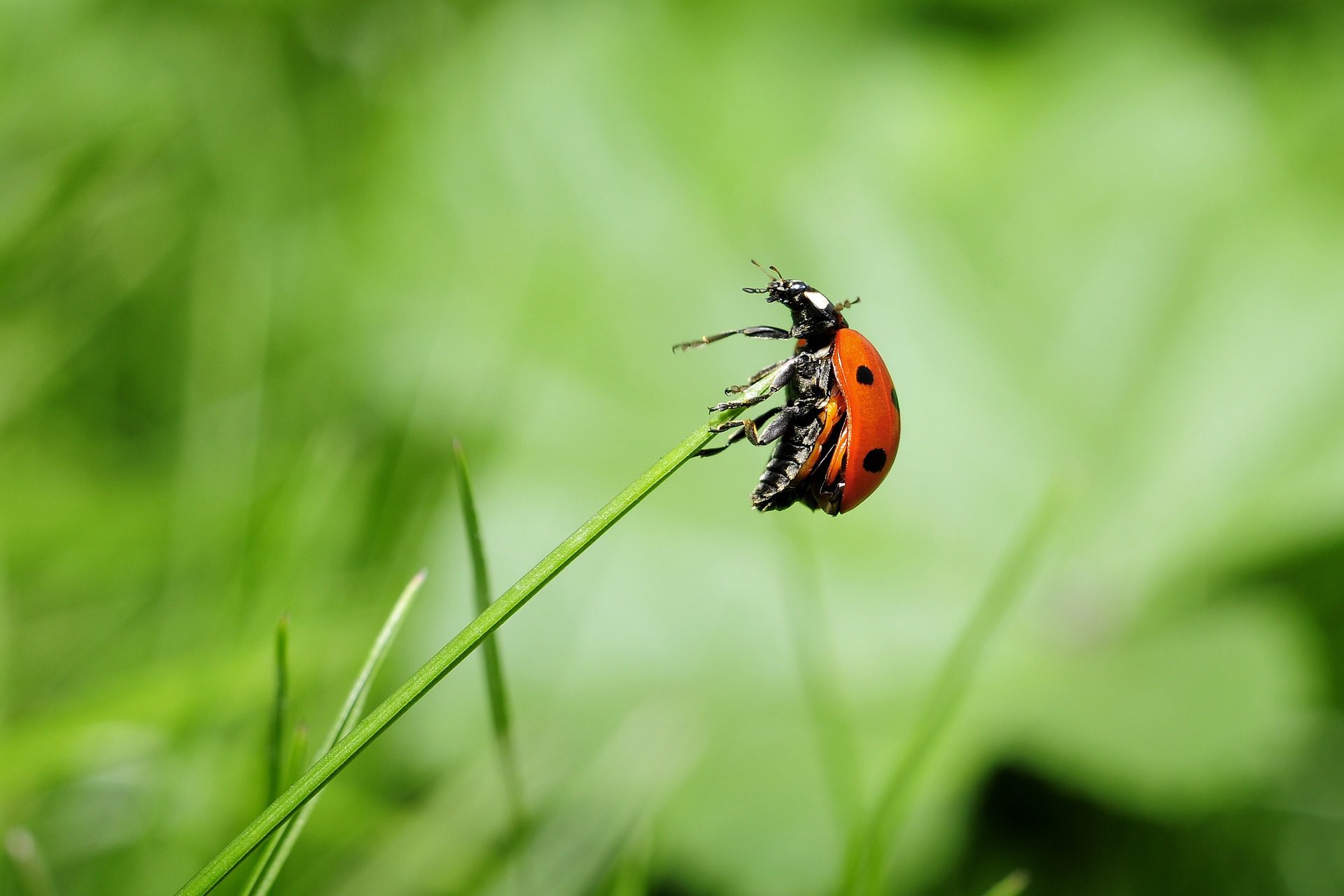
In March, ladybirds tend to re-emerge from the various crevices where they have been overwintering. Like most returning creatures, they will be on the search for food.
How you can help
- Ladybirds feed on small insects and aphids. A garden supporting a complete ecosystem will naturally attract more ladybirds
Water Voles
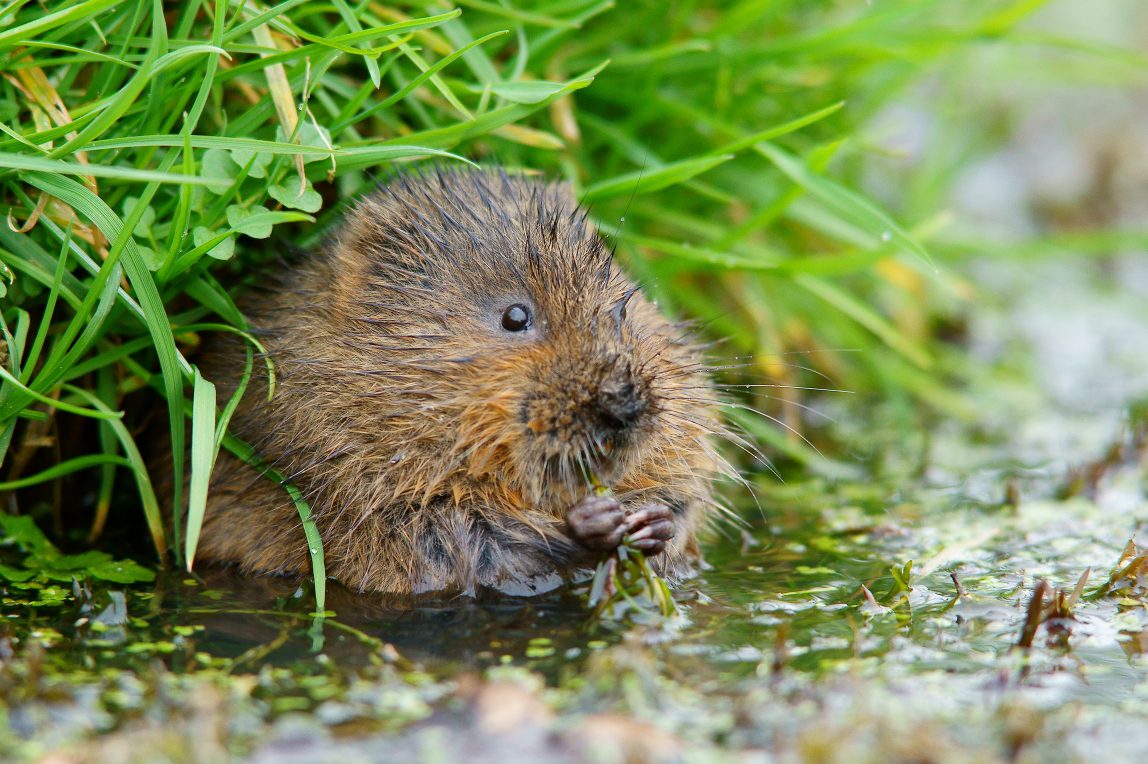
March is the start of the breeding season for water voles, which carries on through the summer and into the autumn. They may have three or four litters a year, depending on the weather. Water voles are legally protected in the UK as their numbers have declined so severely.
How you can help
- While you will not spot a water vole in your garden, you may be fortunate enough to spot one on a waterside walk. The best thing to do is leave them alone and make sure that if you have a dog, it does not frighten them
March Dates for Your Diary
UN World Wildlife Day | 3rd March
In 2013, the United Nations General Assembly declared 3rd March as UN World Wildlife Day. It has rapidly become one of the leading global wildlife events, celebrating the world’s animals and plants. Each year adopts a different theme.
Official website of UN World Wildlife Day
Was This Article Helpful?
Join the Hillier Gardening Club to get the latest gardening news and advice
Find Out More

